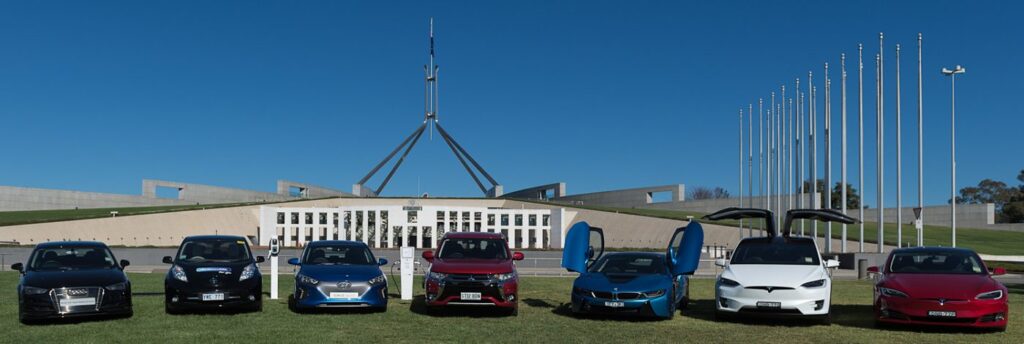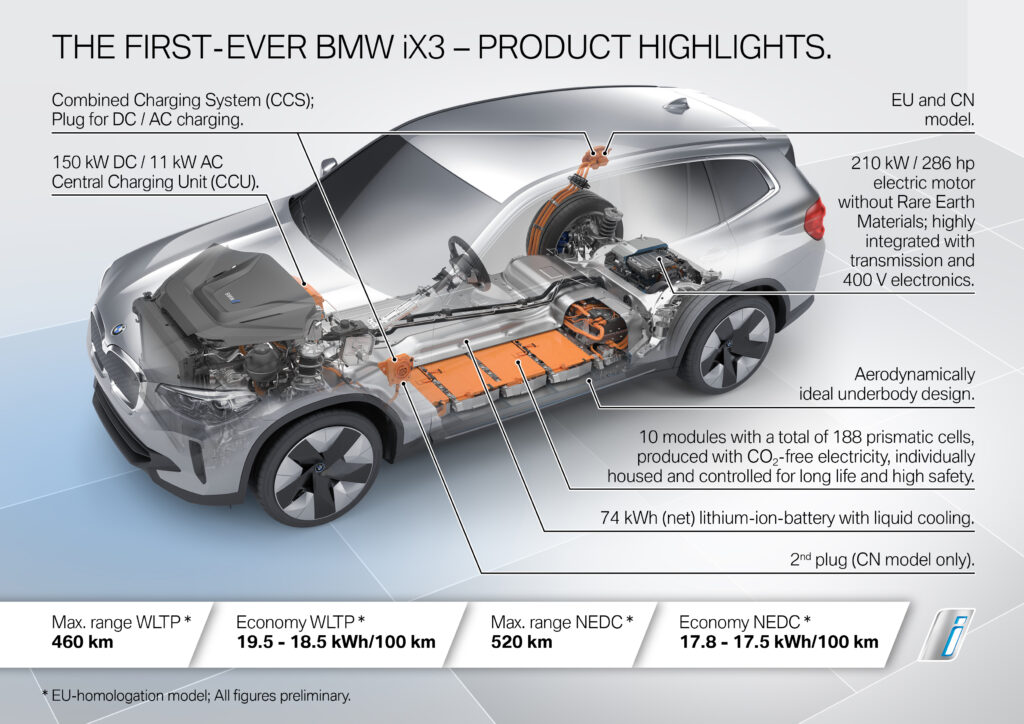Australian government announces $74.5m clean transport investment
- PostedPublished 10 September 2021

The Australian Government has announced a $A74.5 million investment scheme designed to help communities and business adopt electric, hydrogen-powered and bio-fuelled vehicles.
Specific details of the new scheme, called the Futures Fuel Fund, are to be announced soon. It is expected, however, that it will subsidise the purchase of alternatively powered vehicles and infrastructure.
This would have benefits beyond simply making low- and zero-emissions vehicles more financially viable for businesses. For starters, it may result in the creation of more charging and hydrogen refuelling facilities, which would quell the range anxiety of many.
Wider fleet use of electric vehicles (EVs) and hydrogen fuel cell electric vehicles (FCEVs) would also create a large secondary market, making efficient and more sustainable vehicles increasingly accessible and affordable for the public.
Consequently, while the funding is aimed primarily at business applications, the backing could increase the prominence and usability of electric vehicles while highlighting their benefits and capabilities.
The Future Fuels Fund has been welcomed by manufacturers such as BMW, which is offering an increasingly wide range of electric vehicles and its own tailored incentives programme for business users.

BMW’s $1500 incentive, which is available to small- and medium-sized businesses, is reputedly equivalent to the charging cost for up to 30,000km of travel in an electric vehicle. An efficient petrol car averaging six litres per 100km, for example, would cost $2500 in fuel alone to cover the same distance.
“For BMW Group, investing in electro-mobility technology development for business should be a given in Australia,” said BMW Group Australia CEO Vikram Pawah.
“Countries such as the USA, Norway and China have all invested in a strong charging network and offered monetary incentives to both commercial and private buyers of plug-in hybrid or fully electric vehicles, leading to high uptake across the board in these markets.”
BMW’s current zero-emissions line-up includes the long-standing i3 electric hatchback, the recently announced iX3 electric SUV and an array of plug-in hybrids – and, by the end of 2023, upwards of 13 fully electric models will be offered by BMW alone.
A similar trajectory is being followed by Mercedes-Benz, which aims to deliver 10 all-electric models by 2022, while Volkswagen Group expects to be offering almost 50 electric cars by 2025. The future, as far as many manufacturers are concerned, will be predominately electric.
The Future Fuels Fund forms part of an extra $1.9 billion of investment in new energy technologies that was announced on 17 September.
It consists of $1.62 billion for the Australian Renewable Energy Agency (ARENA) to invest, as well as a series of smaller plans that are designed to increase the usage of low- and zero-emissions technology and sustainability solutions.
Prime Minister Scott Morrison said: “Australia is in the midst of a world-leading boom in renewable energy with over $30 billion invested since 2017. Solar panels and wind farms are now clearly commercially viable and have graduated from the need for government subsidies and the market has stepped up to invest.

“The government will now focus its efforts on the next challenge: unlocking new technologies across the economy to help drive down costs, create jobs, improve reliability and reduce emissions. This will support our traditional industries – manufacturing, agriculture, transport – while positioning our economy for the future.”
Industry bodies including the Federal Chamber of Automotive Industries (FCAI) and Heavy Vehicle Industry Australia (HVIA) have praised the commitment to the transition away from fossil fuels, given the rate of ever-advancing technology and the potential benefits for both the Australian environment and industry.
“Internationally, automotive manufacturers have been investing billions of dollars in the research and development of environmentally friendly technologies and vehicles – and they could all be headed to Australia if we have the right policy and infrastructure in place,” said Tony Weber, chief executive of the FCAI.
Two-wheeled transport isn’t being overlooked, either. Incentives are also being offered by the 2 Wheel Action Group (TWAG) for electric two-wheelers, further aiding the uptake of zero-emissions transport.
The move to support commuting by electric motorcycle or bicycle is particularly timely, given the uncertainties of public transport in the COVID-19 era.
“Motorcycles, scooters and electric two-wheelers are environmentally friendly vehicles which provide personal distancing for commuters,” said Weber. “In a period when many may be uncertain about taking public transport, two wheels provide the perfect solution.”
NZ government’s land transport paper draws criticism
New Zealand’s Government Policy Statement on land transport (GPS) outlines the country’s ten-year approach to road transport investment. It explores key objectives, such as reducing road deaths, and details the activities and expenditure required to meet the desired targets.
The priorities identified in the GPS are then used to steer investment from the authorities, which comes from the Money from the National Land Transport Fund (NLTF) – the revenue streams of which include fuel excise duty and road charges.
A review and update of the GPS is carried out every three years, to ensure it remains relevant. However, the most recently published version is being criticised for not emphasising the need to transform the transportation sector with zero-emissions technology.
Not-for-profit electric vehicle organisation Drive Electric, in particular, has slated the GPS published in September 2020.
“The GPS acknowledges that the transport system contributes almost 20 per cent of New Zealand’s Greenhouse Gas Emissions, and therefore responding to climate change has been made one of the four strategic priorities of the GPS,” said Drive Electric chairman Mark Gilbert.
“However, the outcomes specified are nowhere near the level of ambition necessary, and the outcomes being pursued are vague.”
For example, the expansion of much-needed charging infrastructure is only given a passing mention in the report. The documentation also indicates that it expects more income from fuel excise and road user charges, which indicates an unwanted and counter-intuitive forecast rise in the number of fuel-powered vehicles on the road.
Decarbonising road transport is also a much easier option than alternatives such as reducing emissions from the agriculture sector – and it offers myriad other benefits, including improved air quality in urban areas. As a resulty, Drive Electric states that the transition to zero-emissions motoring must be focused on, given the possibilities. It does, however, agree with aspects of the GPS – such as increasing public transport and improving freight corridors.
- CategoriesIn SightGlass
- TagsAustralia, emissions, New Zealand, SightGlass News Issue 22

